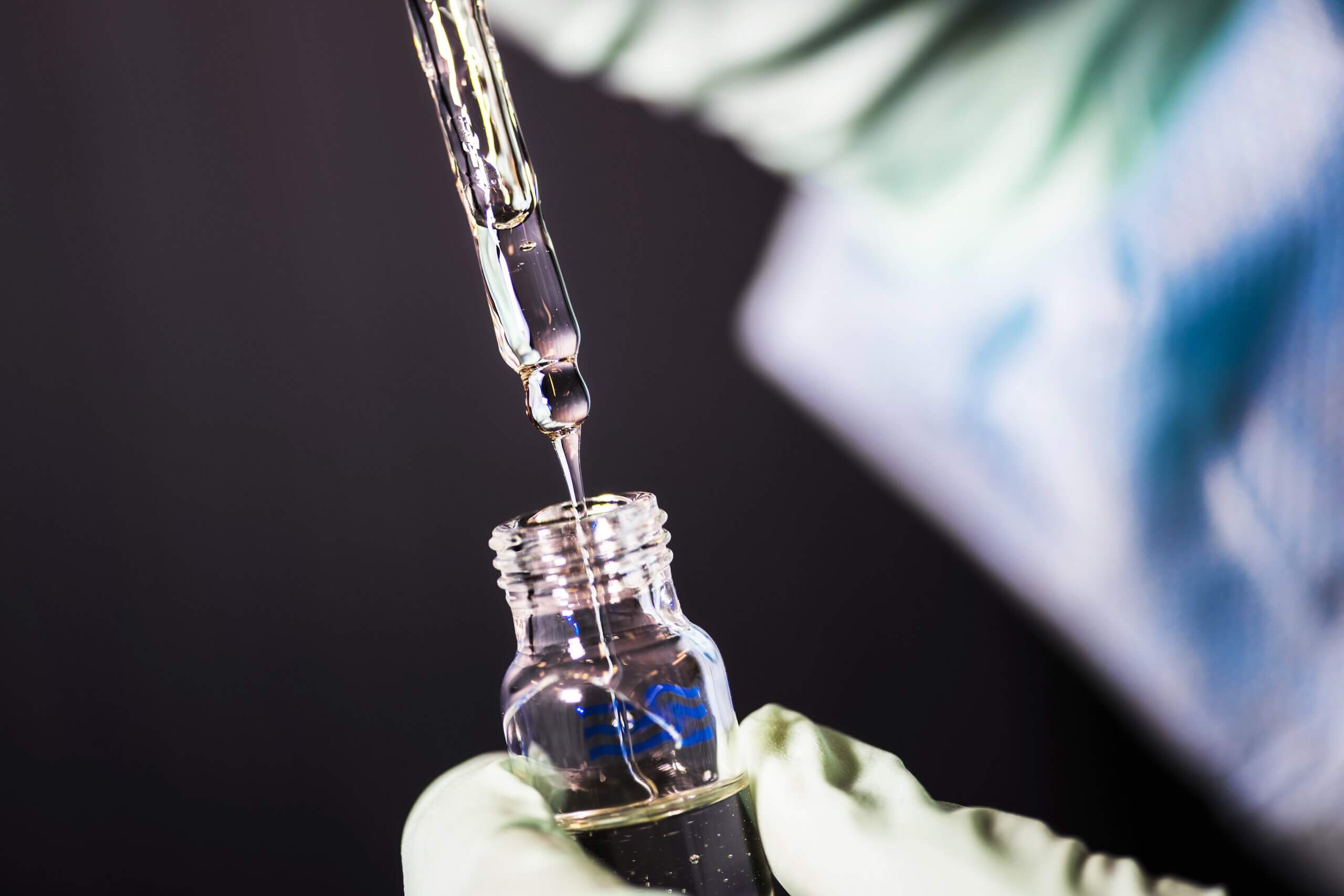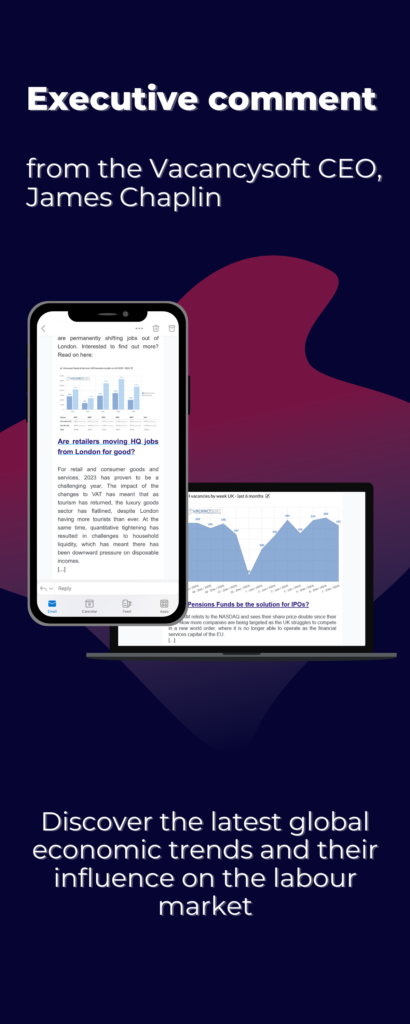UK drives record surge in European clinical research vacancies

- Vacancies in March reached all-time record levels, with UK hiring up 98%
- Hiring in CROs and biotech grows faster than in pharmaceuticals
- Clinical management specialists and senior CRAs most in-demand
- Syneos busiest recruiter, Parexel with fastest year-on-year growth
The UK is charging ahead with recruitment for clinical research specialists as the government moves forward with its plans to capitalise on the success of the Oxford/Astrazeneca vaccine and create a world-leading clinical research environment.
New labour market data from Cpl Life Sciences and Vacancysoft shows that clinical vacancies in the UK life sciences industry are up by 98%, and account for 24% of total hiring in Europe — a share that has increased 2 percentage points since 2019.
“This rapid growth in Britain has helped drive total European recruitment to record levels,” says James Chaplin, CEO of data publishers Vacancysoft. “The pandemic has significantly impacted vaccine development, and a new era of biological drug development has profoundly changed the vaccine contract manufacturing market. Our vacancy analytics suggest this market will continue growing, and the demand for talent along with it.”
Firms across the continent had never collectively published 1,000 monthly clinical vacancies. Yet the industry recorded 1,224 new jobs in March and in the two following months numbers never dipped below a thousand vacancies.
Hiring in CROs and biotech grows faster than in pharmaceuticals
Pharma companies are doing the bulk of the hiring for clinical specialists, but their total share is down from 63% in 2019 to 56% this year. Average monthly vacancies for these experts in the pharma sector are currently up 24% year-on-year.
In contrast, average monthly vacancies for clinical specialists in contract research organisations (CROs) are up 67%. This has resulted in this sector’s share of overall hiring rising from 27% to 32%. Vacancies in biotech firms have also seen a big increase, up by 55%.
Clinical management specialists and senior CRAs most in-demand
Within pharma, the most noticeable change is in the increase in clinical management vacancies. The share of overall vacancies for these specialists rose from 11% of all clinical recruitment in 2019 to 19% in 2021. Overall average monthly volumes have increased by 196% compared to two years earlier, making this the no.1 hotspot area this year.
Within CROs the most common clinical vacancy is for senior CRAs. Average monthly volumes are up 30% since 2019. The fastest-growing area is for clinical operations experts, with 127% more vacancies per month than two years ago. Vacancies for CRA II specialists have seen the smallest annualised growth, with vacancies only 3% up on 2019.
Syneos busiest recruiter, Parexel with fastest year-on-year growth
Nine out of the top 10 firms for clinical specialist vacancies are CROs. Syneos is in first place, its 750 vacancies so far this year constituting a 38.6% year-on-year rise. Recruitment at Parexel is up 72.7%, the largest out of the selected firms.
The leading pharma company for hiring clinical specialists is AstraZeneca, with vacancy volumes up 27% compared to last year. Recruitment at GSK represents the largest year-on-year surge, with professional hiring volumes up 160% compared to 2020. Vacancies at Merck, meanwhile, are down 44%.
- The data for this article is taken from a Vacancysoft and Cpl Life Sciences report on tax accountants, available here.
- Need labour market data to enhance a story or report? Contact Vacancysoft’s Communications team on +44 (0) 207 193 8990.


